THE UNIVERSITY OF MICHIGAN
CENTER FOR CHINESE STUDIES
MICHIGAN PAPERS IN CHINESE STUDIES
NO. 35
DOUBLE JEOPARDY
A CRITIQUE OF SEVEN YAN COURTROOM DRAMAS
by
Ching-Hsi Perng
Ann Arbor
Center for Chinese Studies
The University of Michigan
1978
Open access edition funded by the National Endowment for the Humanities/Andrew W. Mellon Foundation Humanities Open Book Program.
Copyright 1978
by
Center for Chinese Studies
The University of Michigan
Library of Congress Cataloging in Publication Data
Perng, Ching-Hsi.
Double Jeopardy.
(Michigan papers in Chinese studies; no. 35)
Bibliography: p.
1.Chinese dramaYan dynasty, 1260-1368History and criticism. 2. Trials--ChinaDrama. I. Title. Series.
PL2384.P4895.1'2'409378-13029
ISBN 0-89264-035-9
Printed in the United States of America
ISBN 978-0-89264-035-5 (hardcover)
ISBN 978-0-472-03799-5 (paper)
ISBN 978-0-472-12737-5 (ebook)
ISBN 978-0-472-90132-6 (open access)
The text of this book is licensed under a Creative Commons Attribution-NonCommercial-NoDerivatives 4.0 International License: https://creativecommons.org/licenses/by-nc-nd/4.0/
for Jim
CONTENTS
Traditionally, criticism of Yan drama has been dominated by the poetic and the socialist schools. The present work represents a rather rigorous attempt to evaluate a group of plays by aesthetic criteria generated from within the genre itself. Seven judgment reversal plays constitute the body of this work, and its two major preoccupations are language and the manipulation of dramatic characters undoubtedly the most reliable indicators of the playwright's strength and craftsmanship in such a stylized art form as Yan tsa-ch drama.
The method informing the present volume is basically just explication de texte , with particular attention to both the conventions of the genre and the individual characters of each play. Close scrutiny of some conventional aspects of tsa-ch the functions of lyric, verse, and prose and the significance of their distribution in the play; the custom of a single singing role and its implication for the presentation of dramatis personae, and so onwill reveal the innovation and creative vitality of the playwright. Even though I deal with a small subgroup within the genre, Yan drama being as convention-bound as it is, I believe some of the methods used and values adduced will be applicable to Yan dramatic criticism as a whole.
During the preparation of this book I became indebted to many people. Special thanks go to all members of my dissertation committeeProfessors Russell A. Fraser, Shuen-fu Lin, William F. Sibley, and Charles Witkefor their advice and constant encouragement.
To Professor J. I. Crump, chairman of the committee, I would like to express my deepest gratitude. Not only did his erudition on the subject help me greatly with my task, but when aid or inspiration was needed he was always there, ready. His imprint must be apparent on every page; but that, I hope, is the least that I have gained from a very special person.
Professor Lin, a particularly attentive reader, furnished perceptive and constructive criticism. Professor Stephen H. West, of the University of Arizona, read the second chapter in its earlier version, and kindly offered many valuable comments and suggestions.
In addition, I am grateful to have this small forum from which to acknowledge publicly my sincere thanks to Professors Charles Witke and Ilene Olken, Directors of the Program in Comparative Literature at The University of Michigan, who over the years have graciously and staunchly supported my various projects. I would also like to acknowledge my debt to the Center for Chinese Studies at The University of Michigan for making me an associate so I could continue to work on this book.
But nothing I can say here will adequately repay my debt to my dear parents and my beloved wife. Their unstinted moral support, patience, and love have made this work possible, for whatever it may be worth.
C. H. P.
| CW | Chung-wen ta tzu-tien  |
| KTHC | Chung-kuo ku-tien hsi-chf lun-chu chi-ch'eng  |
| WP | Yan-ch' hsan wai-pien  |
| YCH | Yan-ch' hsan  |
| YMC | Yan-Ming-Ch'ng hsi-ch' lun-wen chi  |
This study examines and evaluates a group of seven plays from the Yuan Dynasty (1260-1368) tsa-ch drama  known as p'ing-fan kung-an ch
known as p'ing-fan kung-an ch  What do these plays have in common beyond the obvious fact that they all include double trials? In what way is the first verdict arrived at, and how does the second come about? What bearing does such an arrangement have on the dramas ' structure or the manipulation of characters? Further, how are these structurally and often thematically similar plays different from one another? These are some of the questions that will be dealt with in the following chapters.
What do these plays have in common beyond the obvious fact that they all include double trials? In what way is the first verdict arrived at, and how does the second come about? What bearing does such an arrangement have on the dramas ' structure or the manipulation of characters? Further, how are these structurally and often thematically similar plays different from one another? These are some of the questions that will be dealt with in the following chapters.
But the study goes further. Less broad in scope than Haydens paper, it can afford discussion in more detail and accommodate a more rigorous aesthetic analysis with a certain degree of thoroughness. While theme and structure are touched upon, the present investigation concentrates in particular on the dramatic uses of language and the maneuvering of dramatis personae. For it is in these last two areas, I believe, that the Yan playwright's art is revealed. Questions will be raised about the proportion of poetic arias to prose dialogue in these plays as compared to other tsa-ch . What, for instance, does their distribution tell us about the nature of the judgment reversal dramas as opposed to other kinds of Yan plays? Specifically, what function does spoken verse (and recapitulations) have in a dramatic situation? Are there patterns or conventions in characterization? What is the relationship between the custom of a single singing role and the presentation of characters? Finally, what is the implication of the reversal of judgment? Does it, however obliquely, point to the Chinese sense of the tragic or reflect to any degree Chinese sensibilities?
It is obvious that such an endeavor will necessarily go well beyond explication de texte for a handful of plays, if only to do justice to the significance of the questions raised. By taking up the present research, I hope to bring into sharper focus criteria for the evaluation not only of the plays under scrutiny but also of the Yan tsa-ch as a dramatic form. In the process of comparing and contrasting plays with structural and thematic similarities, I hope standards will appear for judging the use of language and the manipulation of characters in most Yan plays. More importantly, these standards will have been generated from the works themselves : they will not be alien rules imposed on the works from without. Moreover, since the establishment of such a set of criteria might mark the end of dilettantish appreciation and the beginning of serious criticism, the effort has a worthy goal. This is not mere wishful thinking; given the fact that Yan drama is a highly stylized and conventionalized art form, the plays of judgment reversal have much in common with other groups or subgenres of tsa-ch . In many cases findings here may be directly applicable to the rest of the genre; in others, some modification should make them useful. At any rate, with caution and judiciousness, this study can be used as a basis upon which a larger framework of criticism of Yan drama may be built. The argument boils down to this: while the proximate target of the present research is seven plays of judgment reversal, its ultimate end is a better critical understanding of the tsa-ch as a genre.

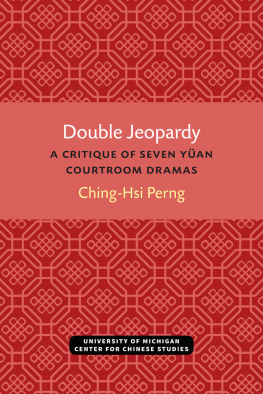

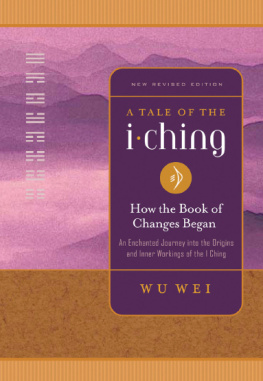
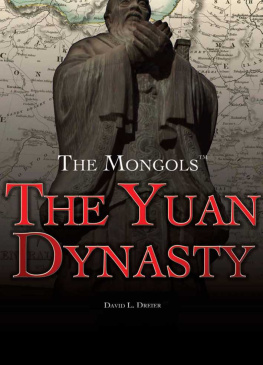
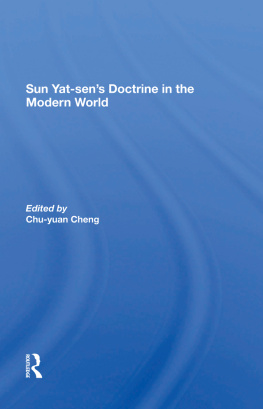
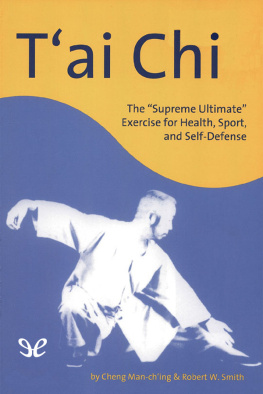
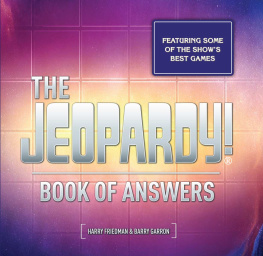
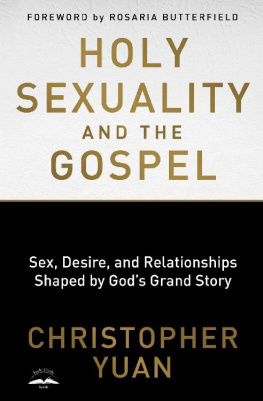
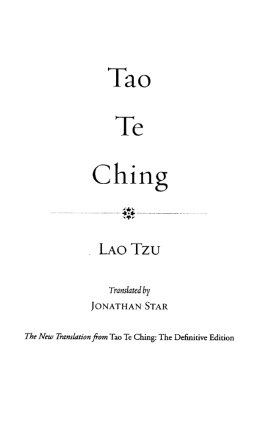
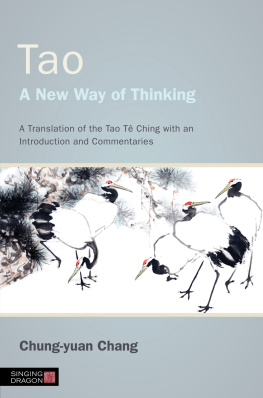






 known as p'ing-fan kung-an ch
known as p'ing-fan kung-an ch  What do these plays have in common beyond the obvious fact that they all include double trials? In what way is the first verdict arrived at, and how does the second come about? What bearing does such an arrangement have on the dramas ' structure or the manipulation of characters? Further, how are these structurally and often thematically similar plays different from one another? These are some of the questions that will be dealt with in the following chapters.
What do these plays have in common beyond the obvious fact that they all include double trials? In what way is the first verdict arrived at, and how does the second come about? What bearing does such an arrangement have on the dramas ' structure or the manipulation of characters? Further, how are these structurally and often thematically similar plays different from one another? These are some of the questions that will be dealt with in the following chapters.